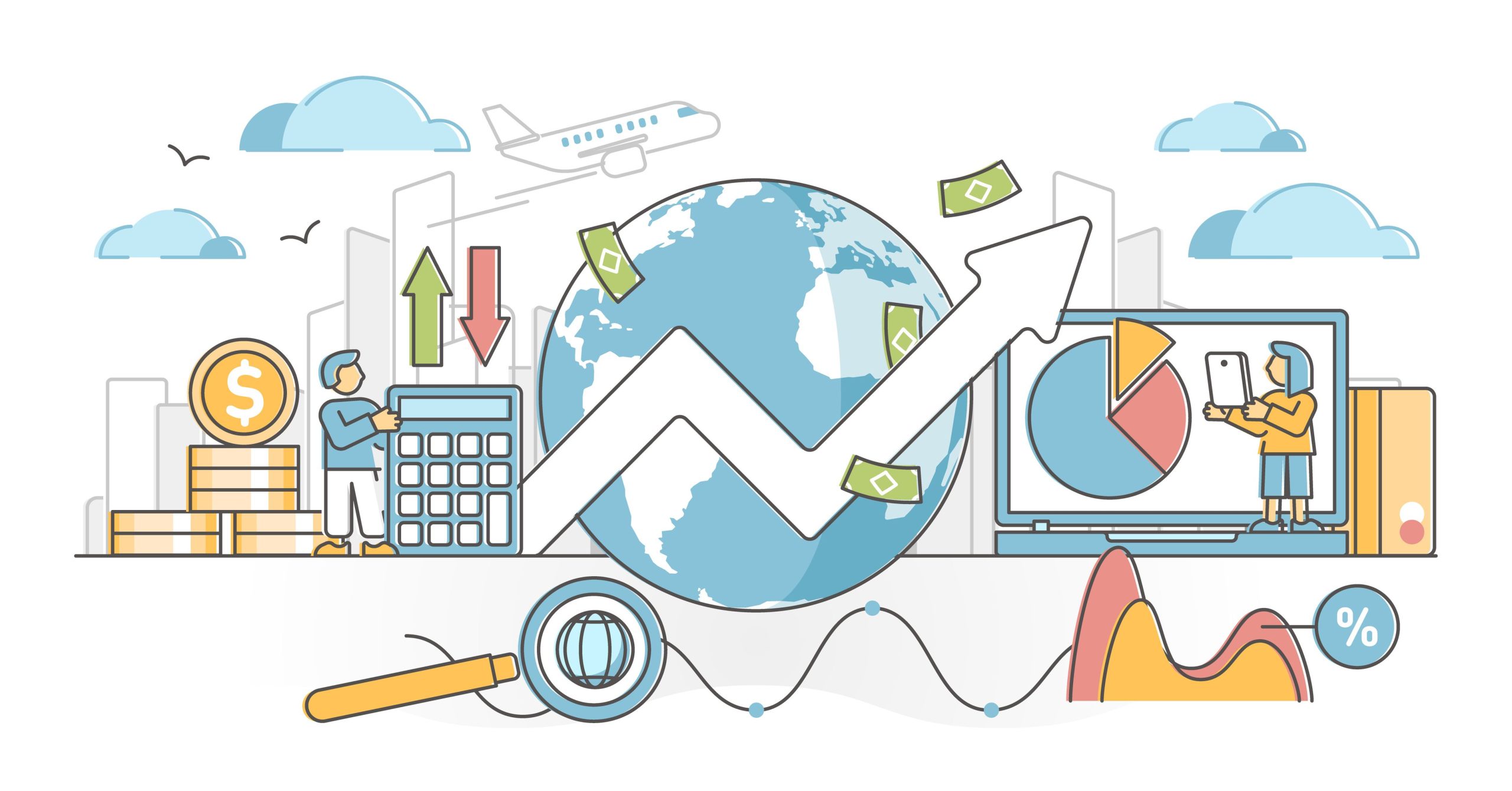Whenever discussing the topic of economics, the term “Macroeconomics” is mentioned often. This article will go over what Macroeconomics is and what factors affect it.
What is Macroeconomics?
Macroeconomics is a branch of economics that studies how the overall economy behaves. It goes over topics such as gross domestic product, inflation, changes in unemployment, and interest rates. Macroeconomics is crucial for the government to understand and predict the long-term effects of its actions.
Factors that affect Macroeconomics
Gross Domestic Product: GDP is the primary macroeconomic indicator. It refers to the economy’s size at a point in time. GDP usually calculates how the economy is doing and is released by the government on a quarterly or annual basis. An increase in GDP means that the economy is doing well.
Inflation: Inflation is the increase of overall price levels and the decrease in purchasing power. It primarily occurs due to increased demand for products and services, which raises prices. Inflation represents growth. However, inflation is also harmful if the purchasing power decreases much more than inflated prices, reducing overall spending and currency, which affects the economy.
Unemployment: Unemployment accounts are for individuals who are jobless and are seeking employment. Individuals who are retired or disabled are not considered unemployed. Since employment is directly related to economic output, it is a good indicator of economic conditions. “Actual unemployment” is helpful to indicate the economy’s short-term needs, while “natural unemployment” can identify trends in the long term.
Interest Rates: Interest rates are the return the borrower pays from lending. Since interest rates influence consumer decisions, it is a valuable tool for controlling economic activity. When interest rates are high, borrowing becomes more expensive, so consumers reduce spending. Similarly, it is cheaper to borrow when interest rates are low, so consumers will spend more.
Conclusion
Macroeconomics mainly focuses on a country’s Gross Domestic Product while also studying economics and how it is generally affected in economies as a whole.


Leave a Reply